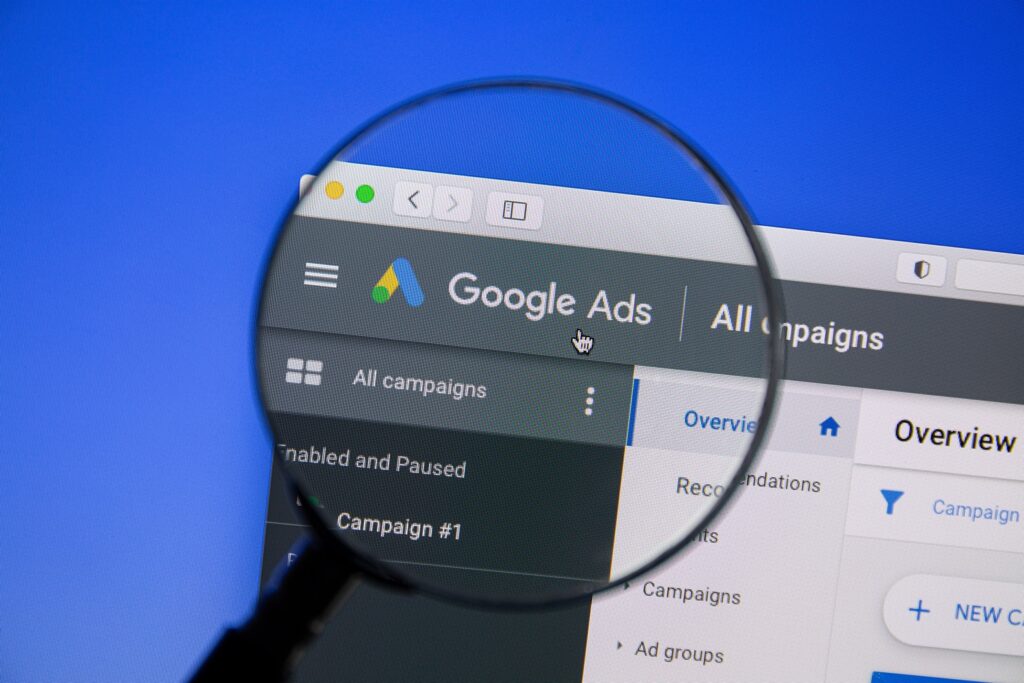Are you seeing success with your lead generation or e-commerce search campaigns, but don’t know what more you could be getting out of them? What if I told you that the paid search platforms have been providing you the guidance you’ve needed all along?
At Parallel Path, a common question from our clients is, “What more could we be doing?” It’s actually one of our favorite questions. If your agency or internal team can’t give you specific data-driven answers then it might be time to have someone audit your data on your behalf. As with all of our answers, our response is rooted in data, specifically in what’s called impression share (IS).
To set the table, impression share is a metric provided by both Google and Microsoft ad platforms for both search and shopping campaigns. Based on the targeting that determines when and where your ads can appear, impression share takes into account the total amount of impressions available and the actual amount of impressions gained across a specific date range.
Impression share = impressions / total available impressions
The question to ask is, “Where there is an opportunity, based on the goals, and what can be done to maximize upon it?” Whether your business is lead generation or e-commerce focused, identifying if there are more impressions available in your target markets takes a similar approach.
Total available impressions = impressions / impression share
Modifying the order of the original formula gets us to understand what could have happened during the selected date range to help guide our decision-making for the next month/quarter/year. Not all impressions are equal though which is why the modeling needs to take into account things like shifts in costs per click, click-through rate, and conversion rates.
Identifying those keywords and/or products with the highest opportunity per the goals (ie: ROAS) over a date range is where you should focus your optimization efforts, working to ensure that whatever growth is recommended stays within the constraints of the targets set.
Recommendation: Filter the data to what’s exceeded the goal(s) AND not maxing out on impression share (< 90%)
Once the data is filtered based on the goal, it’s now time to take that data, specifically the impression share, and identity what more can be done.
The table below provides an example of a data set, focused on lead generation, where we have looked at 30 days’ worth of performance and identified what more we could have achieved if we increased the IS from 43.81% to 70%. The data in green is the forecasted performance against what was done in the ‘Actual’ row.
The business case is clear, increase the investment and we forecast a 34% increase in conversions. This all within the available impression share that wasn’t tapped into during the period. To increase the value of the forecast, it’s crucial to account for the increased cost that comes with increasing IS (ie: higher CPCs and lower conversion rates) per the law of diminishing return. These assumptions should all be based on historical data. Using traffic trends, we can come together with confident assumptions that will lead to a forecast that’s based on reality. For the example above, we’ve assumed a 39% increase in CPCs alongside a 62% increase in CPA.
The next steps you take after looking at the data are dependent on what is the goal. Does the conversion increase outweigh the loss in cost per acquisition efficiency? Does this stay within the profit margins? These are the questions we are always asking our clients in order to align on the sweet spot, where we are ultimately leaving nothing on the table.
If you have any questions on what your search campaigns may be leaving on the table, don’t hesitate to reach out to us and one of our digital marketing experts will be happy to talk with you.

